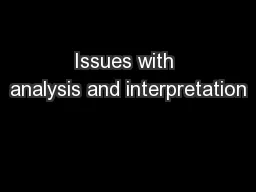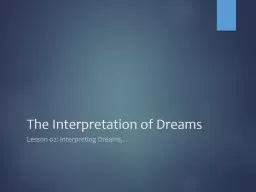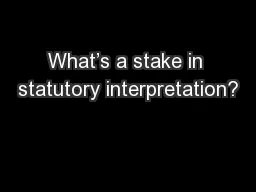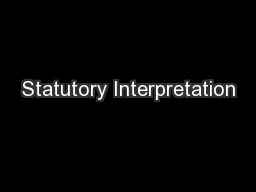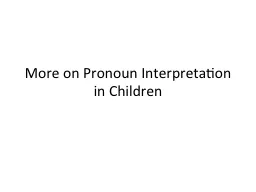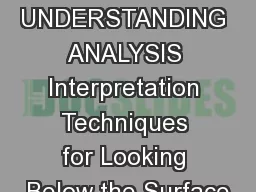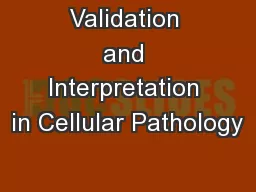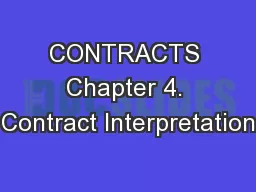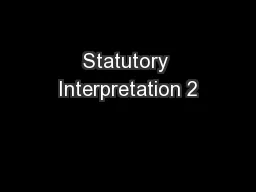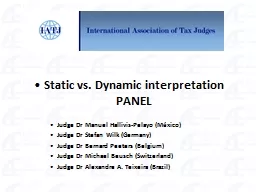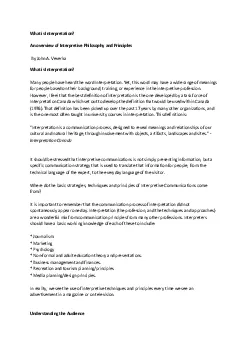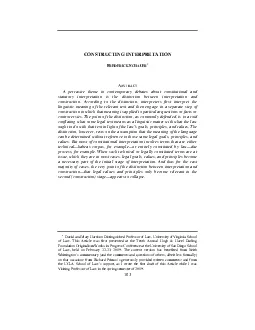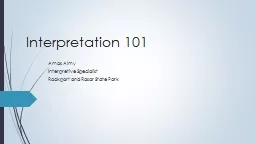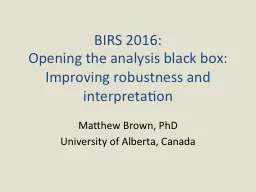PPT-Issues with analysis and interpretation
Author : celsa-spraggs | Published Date : 2017-04-11
Type I Type II errors amp double dipping Madeline Grade amp Suz Prejawa Methods for Dummies 2013 Review Hypothesis Testing Null Hypothesis H 0 Observations
Presentation Embed Code
Download Presentation
Download Presentation The PPT/PDF document "Issues with analysis and interpretation" is the property of its rightful owner. Permission is granted to download and print the materials on this website for personal, non-commercial use only, and to display it on your personal computer provided you do not modify the materials and that you retain all copyright notices contained in the materials. By downloading content from our website, you accept the terms of this agreement.
Issues with analysis and interpretation: Transcript
Download Rules Of Document
"Issues with analysis and interpretation"The content belongs to its owner. You may download and print it for personal use, without modification, and keep all copyright notices. By downloading, you agree to these terms.
Related Documents

